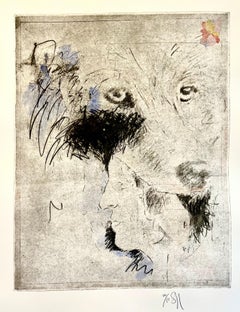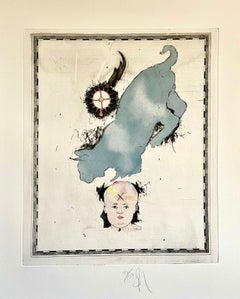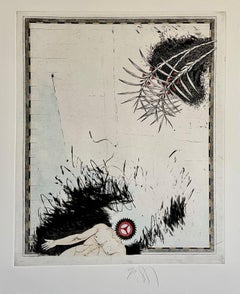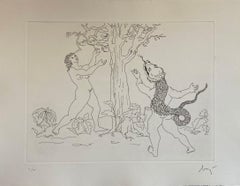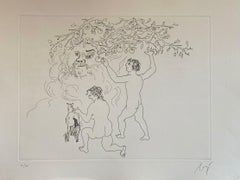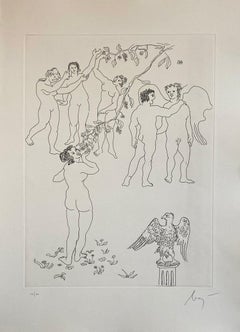Lions Gallery Nude Prints
1980s Pop Art Figurative Prints
Etching, Aquatint
1980s Pop Art Figurative Prints
Etching, Aquatint
1980s Pop Art Figurative Prints
Etching, Aquatint
20th Century Surrealist Figurative Prints
Etching, Aquatint
20th Century Surrealist Figurative Prints
Etching, Aquatint
20th Century Surrealist Figurative Prints
Etching, Aquatint
20th Century Surrealist Figurative Prints
Etching, Aquatint
20th Century Surrealist Figurative Prints
Etching, Aquatint
20th Century Surrealist Figurative Prints
Etching, Aquatint
20th Century Surrealist Figurative Prints
Etching, Aquatint
20th Century Surrealist Figurative Prints
Etching, Aquatint
20th Century Surrealist Figurative Prints
Etching, Aquatint
20th Century Surrealist Figurative Prints
Watercolor, Etching, Aquatint
20th Century Surrealist Figurative Prints
Watercolor, Etching, Aquatint
20th Century Surrealist Figurative Prints
Watercolor, Etching, Aquatint
20th Century Surrealist Figurative Prints
Watercolor, Etching, Aquatint
20th Century Surrealist Figurative Prints
Watercolor, Etching, Aquatint
20th Century Surrealist Figurative Prints
Etching, Aquatint
20th Century Surrealist Figurative Prints
Watercolor, Etching, Aquatint
20th Century Surrealist Figurative Prints
Etching, Aquatint
20th Century Surrealist Figurative Prints
Watercolor, Etching, Aquatint
20th Century Surrealist Figurative Prints
Watercolor, Etching, Aquatint
20th Century Surrealist Figurative Prints
Etching, Aquatint
21st Century and Contemporary 85 New Wave Abstract Prints
Screen
20th Century Abstract Expressionist Figurative Prints
Lithograph
1960s Modern Figurative Prints
Lithograph
20th Century Abstract Prints
Etching
20th Century Abstract Prints
Etching
20th Century Abstract Prints
Etching
20th Century Abstract Prints
Etching
20th Century Abstract Prints
Etching
20th Century Abstract Prints
Etching
20th Century Abstract Prints
Etching
20th Century Abstract Prints
Etching
20th Century Abstract Prints
Etching
20th Century Abstract Prints
Etching
1940s Art Deco Nude Prints
Woodcut
1940s Art Deco Nude Prints
Woodcut
1940s Art Deco Nude Prints
Woodcut
1940s Art Deco Nude Prints
Woodcut
20th Century Contemporary Nude Prints
Mixed Media, Screen
1960s Modern Figurative Prints
Lithograph
1980s Surrealist Figurative Prints
Lithograph
Mid-20th Century Cubist Abstract Prints
Screen
20th Century Nude Prints
Etching
20th Century Nude Prints
Etching
20th Century Nude Prints
Etching
20th Century Nude Prints
Etching
20th Century Nude Prints
Etching
20th Century Nude Prints
Etching
20th Century Nude Prints
Etching
1990s Surrealist Nude Prints
C Print
1990s Surrealist Nude Prints
C Print
1990s Surrealist Nude Prints
C Print
1990s Surrealist Nude Prints
C Print
1990s Surrealist Nude Prints
C Print
1990s Surrealist Nude Prints
C Print
1990s Surrealist Nude Prints
C Print
1990s Surrealist Nude Prints
C Print
1990s Surrealist Nude Prints
C Print
